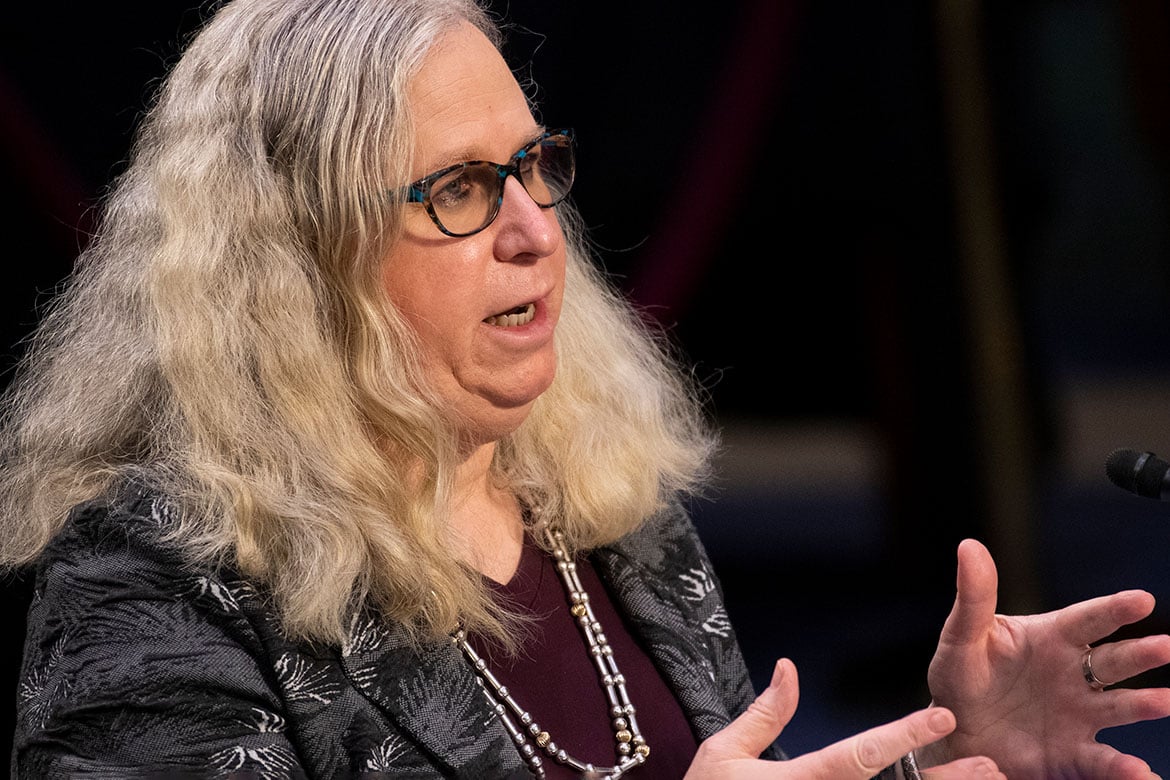The SARS-CoV-2 sequelae known as “long COVID” is a pervasive health problem, affecting between 7.7 and 23 million Americans, according to estimates cited by the U.S. Government Accountability Office. At least a million Americans have lost work hours due to this affliction.
Long COVID refers to a collection of signs, symptoms and conditions that persist for a month or beyond after initial infection.
“In defining long COVID, two perspectives need to be balanced: the need to learn more and avoid premature definitions that inappropriately exclude patients in need of care, and the need to establish interim definitions to enable access to health care and disability services as the science of Long COVID continues to emerge,” wrote Adm. Rachel L. Levine, MD, in an Aug. 3 JAMA Viewpoint. She is assistant secretary for health in the U.S. Department of Health and Human Services (HHS).
HHS has released two major reports on long COVID in response to a memo from President Joe Biden calling for a whole-of-government response on the issue. In an interview with JAMA Editor-in-Chief Kirsten Bibbins-Domingo, PhD, MD, MAS, Dr. Levine drilled down on the key elements of each report, explaining how research and supports could curtail and prevent this chronic health problem.
Research offers valuable clues
One of the HHS reports outlines a national research agenda (PDF) to prevent, diagnose and treat long COVID. “This report is the first time that we've collected all the research that's happening … in one place, looking at the gaps. We have worked to create a cohesive path to move forward,” said Dr. Levine.
Studies on long COVID have reached a point where they’re getting larger and more robust. Several federal studies had sample sizes in the millions, offering a clearer look at the scope, scale and diversity of long COVID conditions, she said.
“Second, we're gaining confidence from the data that between 5% and 30% of persons with COVID-19 will experience some form of long COVID.”
Dr. Levine is hopeful that federal funds will become available to drive research at the National Institutes of Health (NIH), the Centers for Disease Control and Prevention (CDC), the Department of Veterans Affairs and in the private sector.
Programs of interest includes NIH’s RECOVER, which focuses on the long-term effects of COVID and how people recover from infection, and CDC’s Innovative Support For Patients with SARS-CoV-2 Infections study.
“We want to do research on all of the different aspects” of long COVID, said Dr. Levine.
Resources for patients, communities
The second HHS report inventories more than 200 federal services and supports (PDF) for individuals experiencing longer-term effects of COVID-19. This is to help patients, their families, communities, and supporting public and private organizations, said Dr. Levine.
The federal government is working to coordinate and augment services for people with long COVID and associated conditions, as well as those experiencing behavioral and mental health challenges and bereavement.
“The longer-term effects of the COVID-19 pandemic do go beyond long COVID, and it has been impacting patients and communities, as well as the economic and social fabric of our all of our communities,” noted Dr. Levine.
Learn answers to the questions that COVID long-haulers have about their symptoms.
Need for path forward
Long COVID has had an inequitable impact on people who have economically or socially marginalized, those with disabilities, among older adults, and among people from historically marginalized racial and ethnic groups.
Health equity has been a guiding principle in both reports, emphasized Dr. Levine. The supports and services reports for example has a “know your rights” section.
“It has a call out for each of the federal government service areas covered in the report to make sure that they are emphasizing health equity,” she added.
The two reports are just the beginning, offering building blocks for change.
“We need to have an implementation strategy and a path as we move forward,” she said.
Learn why treating long COVID requires a patient-centered approach.




